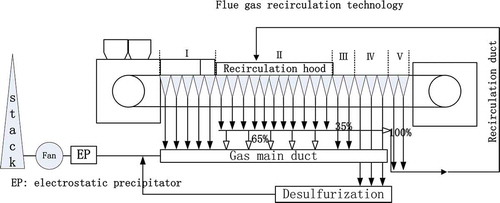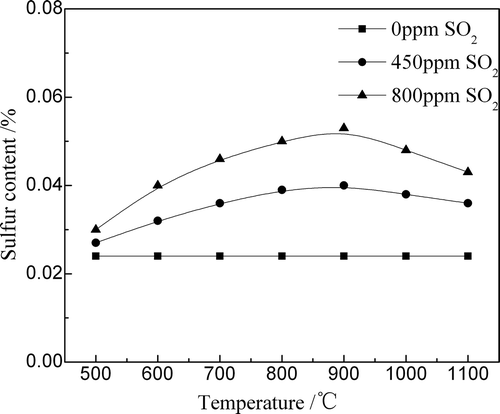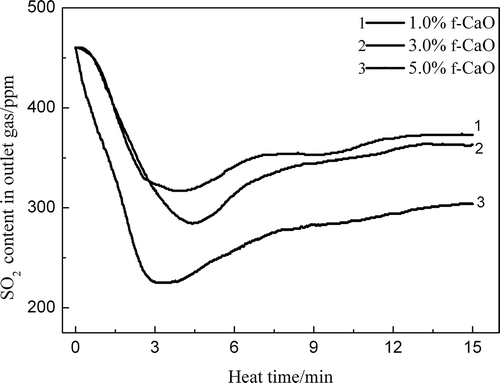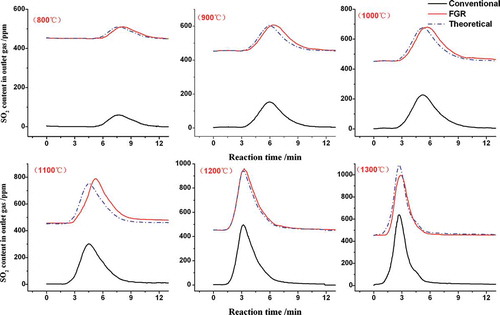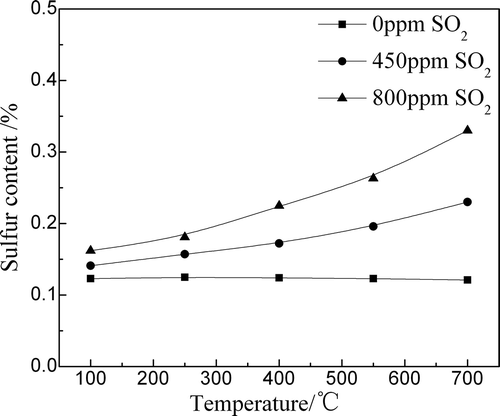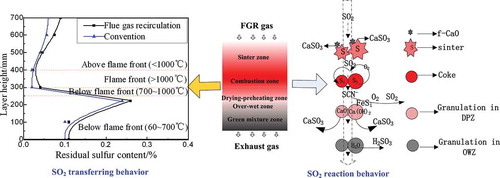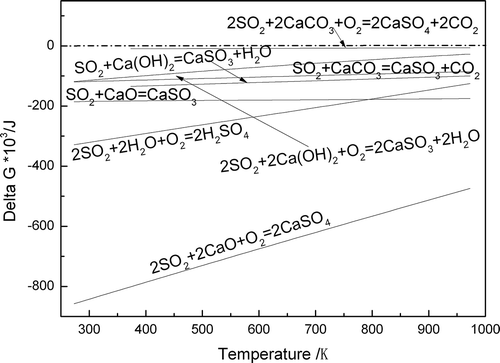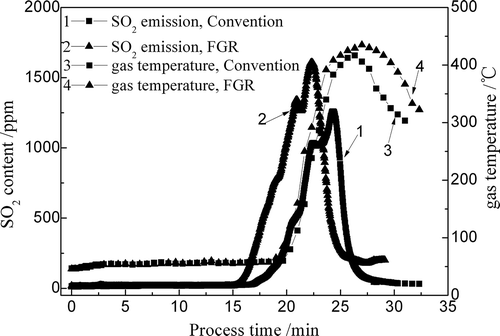Figures & data
Table 1. Chemical composition of raw materials and their percentages in mixture, wt%.
Table 2. Proximate analysis of coke breeze, wt%.
Table 3. Chemical composition and residual sulfur content of sinter, wt%.
Table 4. Properties of circulating flue gas.
Table 5. Basic characteristics of each zone.
Figure 2. Schematic diagram of sinter zone simulation (1 gas, 2 valve, 3 flowmeter, 4 mixing box, 5 thermocouple, 6 electronic balance, 7 computer, 8 temperature controller, 9 quartz tube, 10 charging cup, 11 shaft furnace, 12 dryer, 13 gas analyzer).
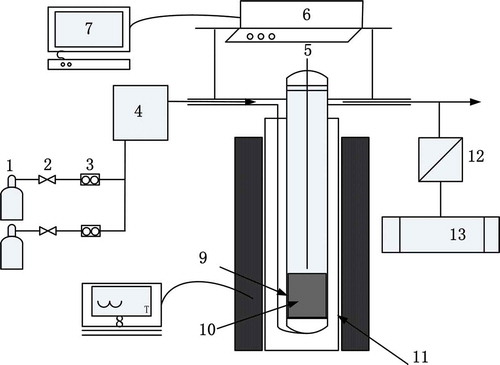
Table 6. Experimental conditions of each zone in detail.
Figure 8. Influence of SO2 content on sulfur content in the over-wet zones with different thickness.
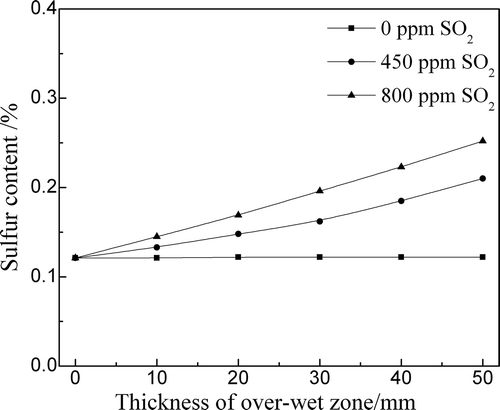
Table 7. Comparison of sulfur phase in the sinter sample before and after SO2 adsorption at 900ºC.
Table 8. Sulfur balance of granules in the combustion zone at 1300ºC.
Table 9. Comparison of sulfur phase in the unsintered zone before and after SO2 absorption.
Table 10. Sulfur balance of sintering process in the case of air and FGR gas.

